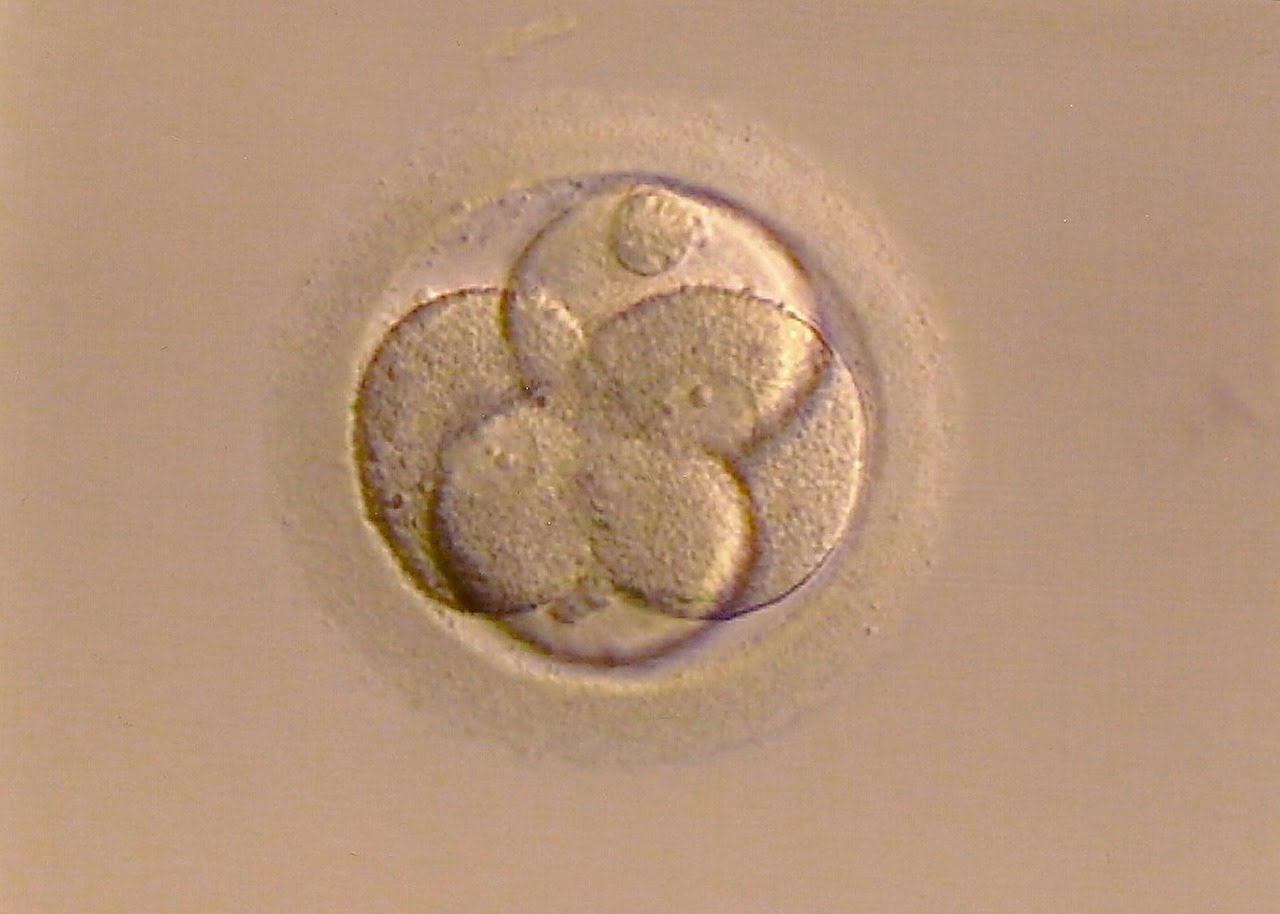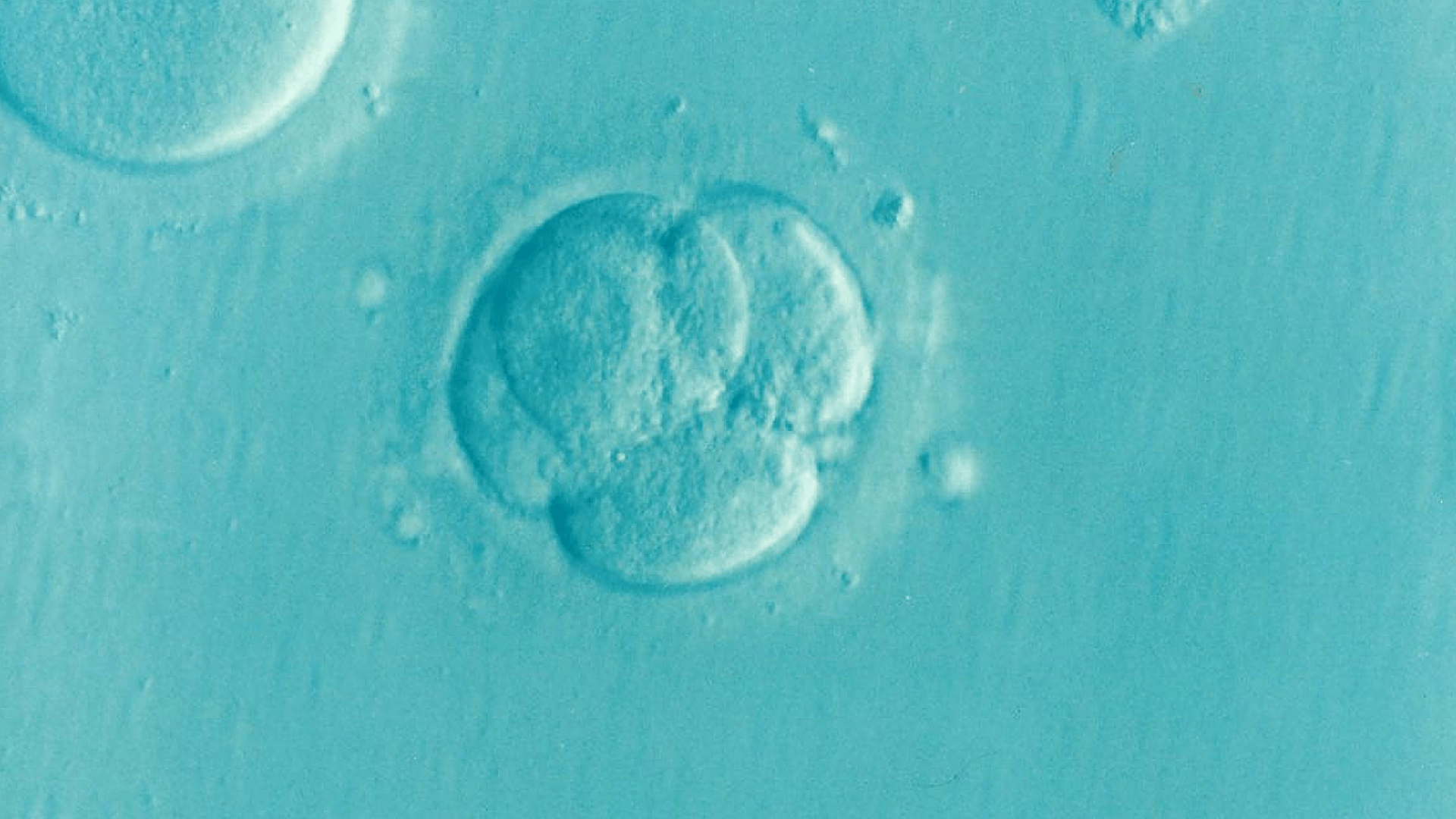According to the World Health Organization, a couple is considered infertile when they do not conceive after a year of frequent sexual intercourse without the use of contraception. In vitro fertilization is not always the first method of assisted reproduction followed by a couple. Other, less invasive techniques may precede, depending on the cause of infertility.
In case the sperm is normal as well as the hormonal control, the ultrasounds and the hysterosalpingography of the woman, the specialist suggests the planned physical contact of the partners or can recommend the intrauterine insemination.
This method can be combined with taking medication sometimes orally and sometimes in the form of subcutaneous injections. The doses of the drugs are as small as possible, so that no more than 2-3 follicles are regenerated, in order to avoid multiple pregnancies.
If there is some type of anatomical abnormality in the woman's reproductive system and there is no way to treat it (eg absence / obstruction of the fallopian tubes), the doctor will recommend the method of in vitro fertilization.
If the problem is low sperm count and / or low sperm motility, choosing a high-tech assisted reproduction procedure, such as in vitro fertilization (ICSI), may give the couple the best chance of having a healthy baby.
A clear diagnosis needs to be made before any treatment. The diagnosis of infertility is made by a specialized doctor. In order to choose the right treatment strategy, all the data must be carefully weighed and the couple must be led, with their help, to a sober and clear decision.
Factors such as the age of the woman and the financial capabilities of the couple must be taken into consideration, as the diagnosis and treatment of infertility can sometimes be both time consuming and costly.
* The content on this blog is not intended to replace professional medical advice, diagnosis or treatment. Always seek the advice of qualified health care providers with questions you may have about medical conditions.







































